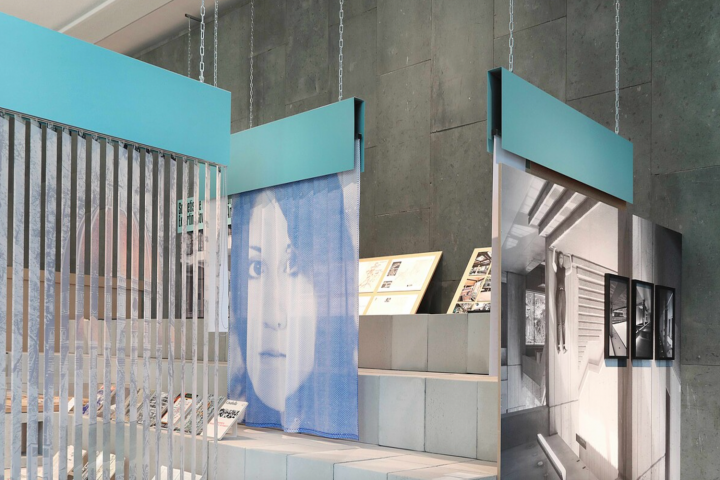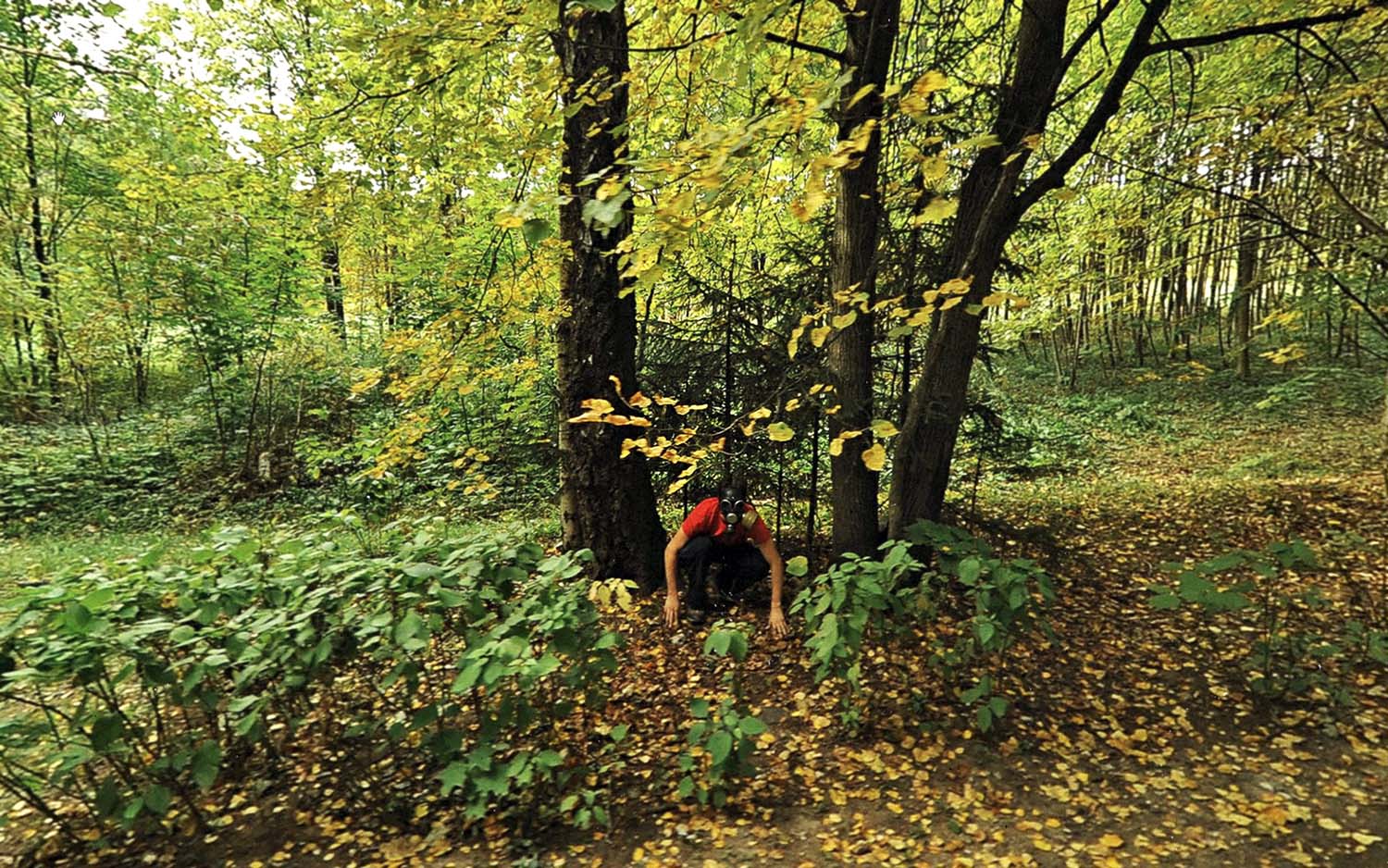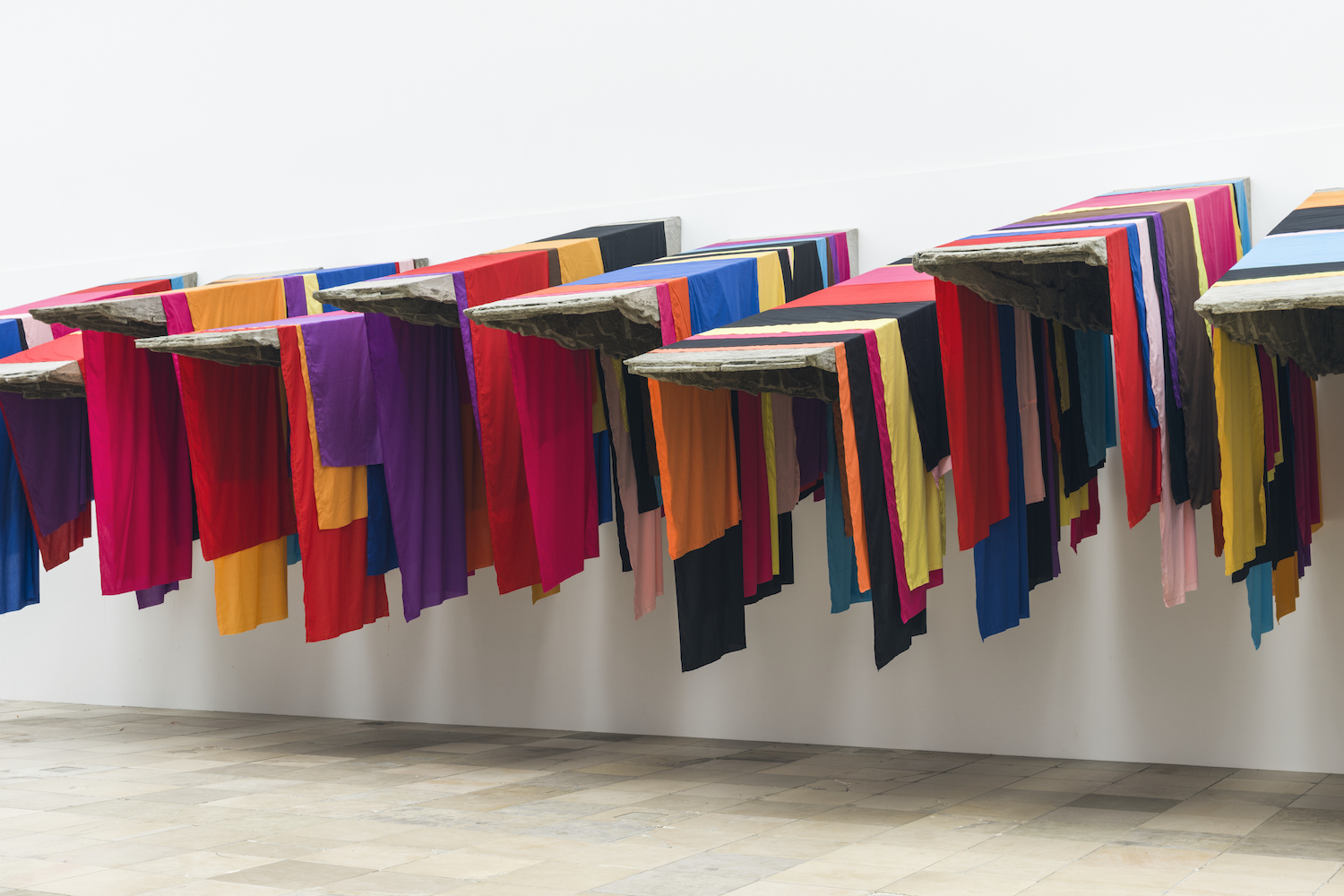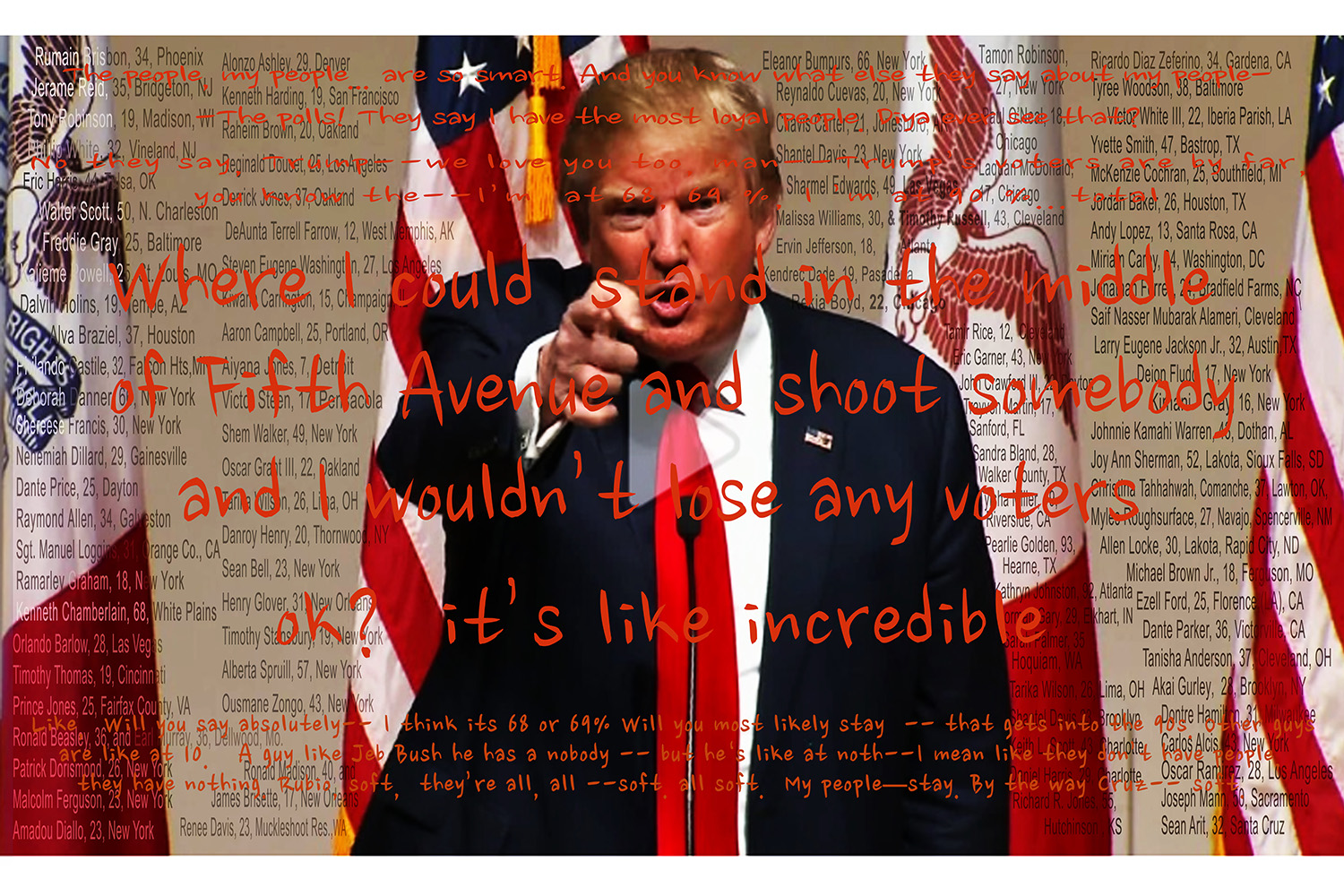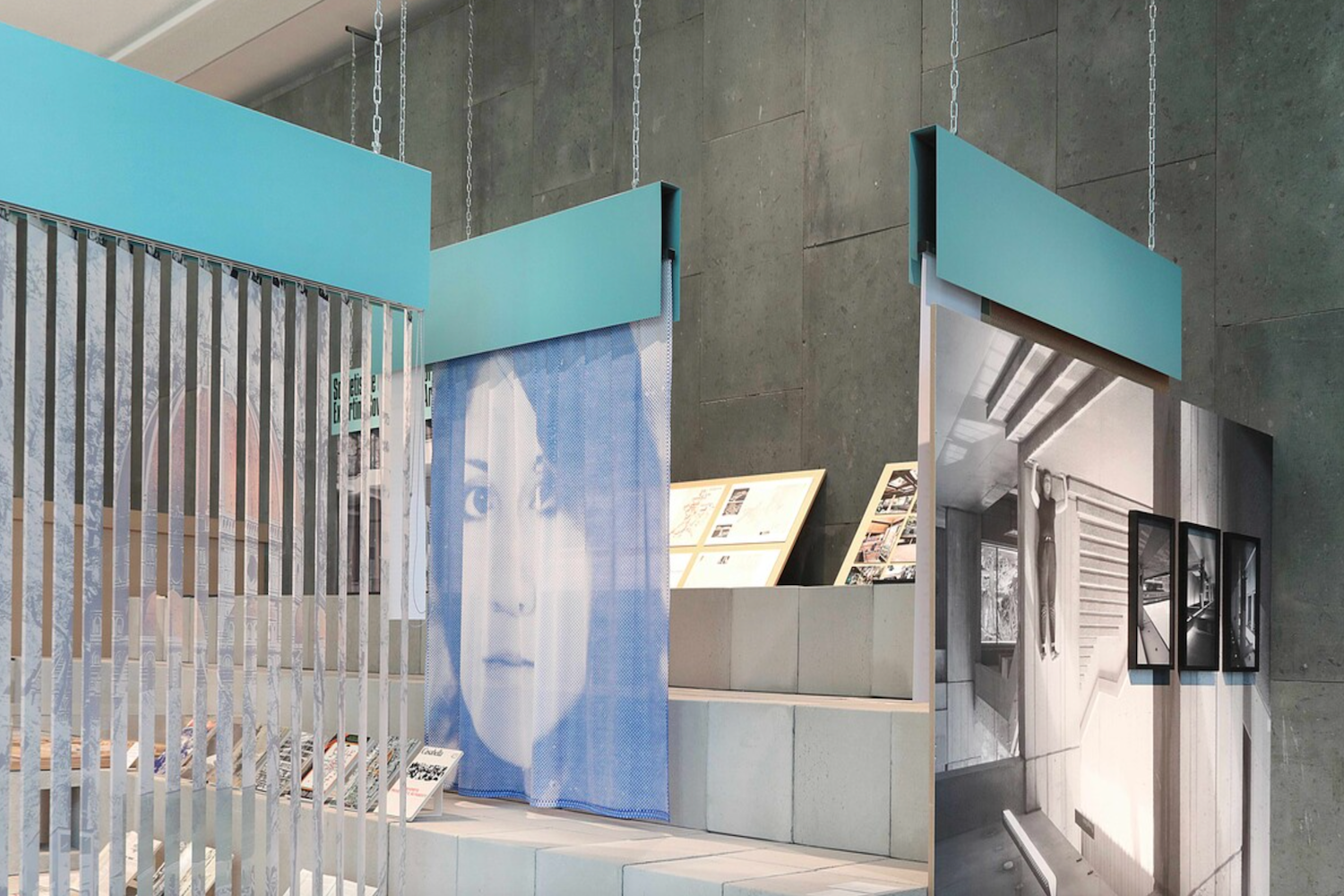
Education Shock: Learning, Politics and Architecture in the 1960s and 1970s
May 27–July 11, 2021
hkw.de
Facebook / Twitter / Instagram
On October 4, 1957, Sputnik I, the first artificial satellite, launched by the Soviet space program, orbited the earth. Instantly emblematic of a new stage of the Cold War, the ensuing “Sputnik crisis” (“Sputnikschock” in German) not only ignited deep-seated insecurities in the US but was to have a distinct impact on other states’ education policies and scientific panning.
The crisis invoked an urgency to bridge this perceived, traumatic “technological gap,” triggering a boost in modernization and reform. Governments allocated significant investments in research and education, whereupon the spaces, scales and durations of learning and knowledge production expanded in unprecedented ways. Comprehensive and community schools were built, brand-new “plate glass” universities inaugurated, learning laboratories implemented, while tropes such as “open plan,” “city as classroom,” or “lifelong learning” entered the pedagogic mainstream.
The research and exhibition project Education Shock: Learning, Politics and Architecture in the 1960s and 1970s interrogates this unique era against the backdrop of current spatial politics of education. Inadvertently, due to the pandemic, it has gained quite acute topicality. Wherever processes of learning are involved, spatial organization can prove either highly effective or utterly dysfunctional. Many of the issues pertaining to homeschooling, digital learning platforms, and the redesign of classrooms and curricula bear similarities to the concerns and features of the Education Shock era.
The term “Education Shock” refers to metaphors of “shock” that had considerable currency in a time ripe with geopolitical tension, social conflict and apprehensions of a looming “future shock” (Alvin and Heidi Toffler). It also hints at the shockwaves felt by education in the course of reform and modernization. If nothing else the spatial conditions of education affect learners and teachers—inevitably, and at times violently.
Education Shock can be used as an archaeological resource for coping with present and future crises. Part of a long-term research endeavor, the exhibition has been structured according to the case-study principle. Attending to situations in Germany (East and West), Guinea-Bissau, Brazil, India, Canada, Yugoslavia, Iran, the United States, Italy, Great Britain, the Soviet Union, Cuba, and France, each of the almost 40 stations addresses and elaborates on a specific aspect of education and spatiality in the global 1960s and 1970s. To this end, the participating artists and scholars explored the archives and shared the outcomes of their research and aesthetic practices. Visitors are invited to dwell amid the material remainders and fresh re-readings of an era marked by experimentalism, optimism, criticism, and doubt.
With contributions by Michael Annoff, BARarchitekten (Antje Buchholz, Jürgen Patzak- Poor), Elke Beyer, Sabine Bitter, Antje Buchholz, Arne Bunk, Evan Calder Williams, Fraser McCallum, Filipa César, Inga Danysz, Nuray Demir, Christopher Falbe, Dina Dorothea Falbe, Guests & Hosts, Gregor Harbusch, Marshall Henrichs, Claudia Hummel, Ana Hušman, Jakob Jakobsen, Ana Paula Koury, Larry Miller, Maria Helena Paiva da Costa, Silke Schatz, Dubravka Sekulić, Lisa Schmidt-Colinet, Alexander Schmoeger, STREET COLLEGE in cooperation with Käthe Wenzel, Maurice Stein, Alexander Stumm, Oliver Sukrow, Ola Uduku, Clemens von Wedemeyer, Sónia Vaz Borges, Helmut Weber, Florian Zeyfang, Francesco Zuddas.
Curated by Tom Holert.

